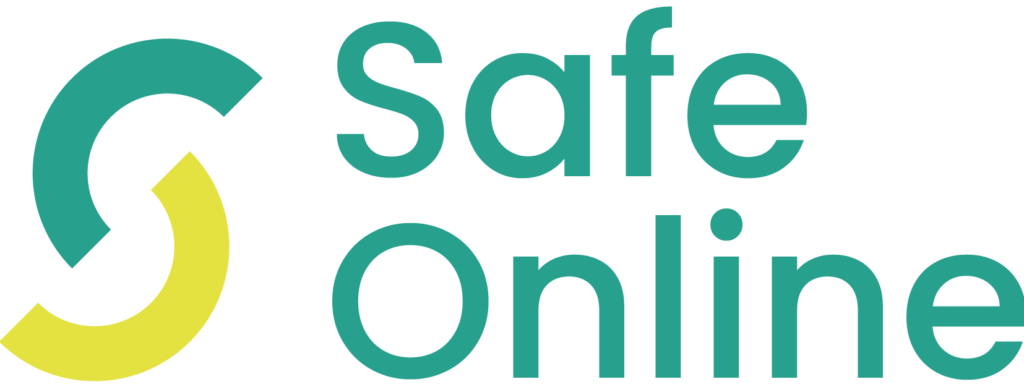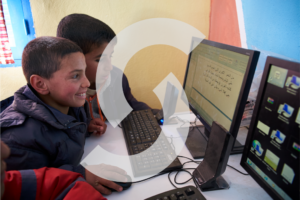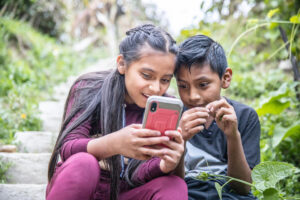DeafKidz International 2
Our grantees DeafKidz International DeafKidz Defenders Project Countries involved:United Kindgom of Great Britain and Northern Ireland DeafKidz International will develop DeafKidz Defenders, an interactive, accessible digital platform to help deaf children stay safe from online abuse and exploitation. Through educational games, children will learn to protect themselves from online risks, exploring what







